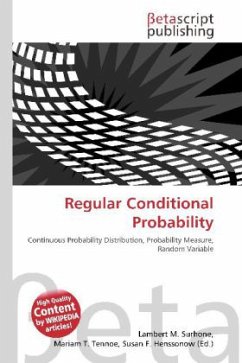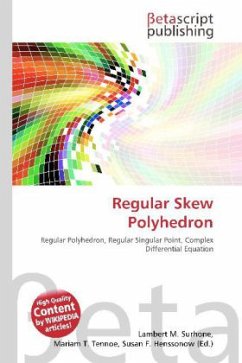Please note that the content of this book primarily consists of articles available from Wikipedia or other free sources online. In mathematics, especially in the field of group theory, the concept of regular p-group captures some of the more important properties of abelian p-groups, but is general enough to include most "small" p-groups. The concept was first described by Philip Hall in his foundational contribution to p-groups, (Hall 1932). The subgroup of a p-group G generated by the elements of order dividing pk is denoted k(G) and regular groups are well-behaved in that k(G) is precisely the set of elements of order dividing pk. The subgroup generated by all pk-th powers of elements in G is denoted k(G). In a regular group, the index [G: k(G)] is equal to the order of k(G). In fact, commutators and powers interact in particularly simple ways (Huppert 1967, Kap III
10, Satz 10.8). For example, given normal subgroups M and N of a regular p-group G and nonnegative integers m and n, one has [ m(M), n(N)] = m+n([M,N]).
10, Satz 10.8). For example, given normal subgroups M and N of a regular p-group G and nonnegative integers m and n, one has [ m(M), n(N)] = m+n([M,N]).








